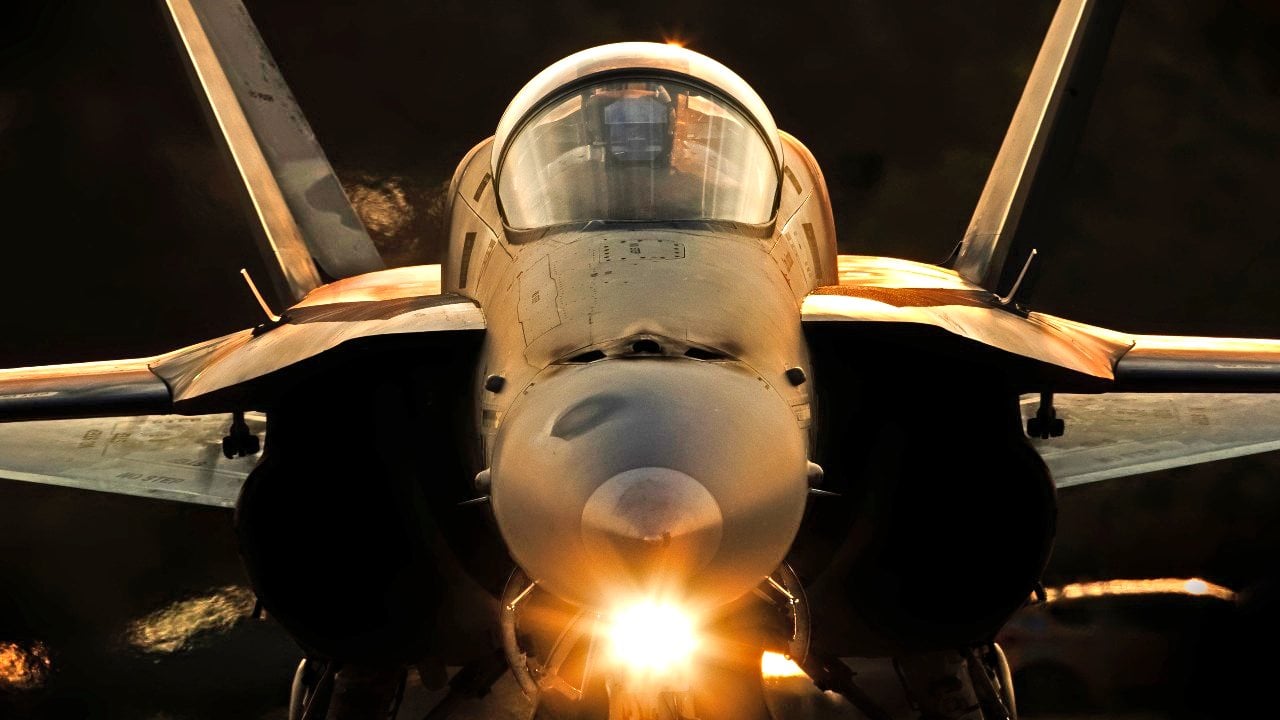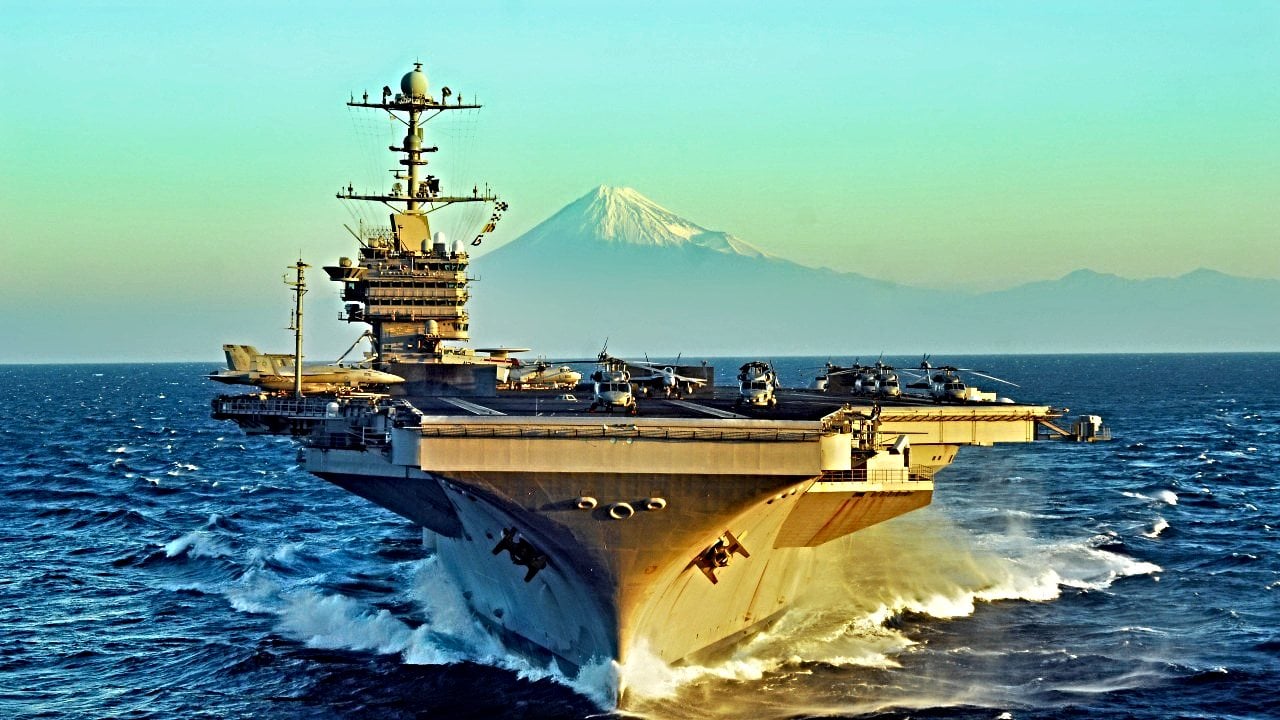U.S. Navy Aircraft Carriers vs. China Ballistic Missiles: Who Wins?

Summary: The U.S. decision to invest billions in the CVN-78 Ford-class aircraft carriers amid debates about their obsolescence due to advanced anti-access/area denial (A2/AD) systems using ballistic missiles sparks a complex discussion on military technology's relevance. Obsolescence doesn't equal uselessness; history shows various "outdated" platforms still had significant utility in conflicts. The Ford-class, while potentially challenged by A2/AD threats from missiles from nations like China, can serve in diverse roles beyond high-threat environments, including humanitarian missions and power projection in permissive skies. The evolving nature of warfare and countermeasures suggests that today's vulnerabilities may not be tomorrow's. The flexibility of aircraft carriers, adaptable with future air wing advancements, maintains their strategic value. However, the investment in the Ford-class carriers prompts a broader reflection on balancing high-tech warfare capabilities with emerging threats and alternative ordnance delivery methods, ensuring the U.S. Navy remains versatile and effective in future conflicts.
China's Missiles vs. the Navy's Aircraft Carriers
The United States has decided to spend many billions of dollars on the CVN-78 (“Ford”) class of aircraft carriers to replace the venerable Nimitz class.
The latter has served the U.S. Navy since 1975, with the last ship (USS George H. W. Bush) entering service in 2009. The Fords could be in service, in one configuration or another, until the end of the 21st century.
Just as the U.S. government has determined to make this investment, numerous analysts have argued that the increasing lethality of anti-access/area denial systems (especially China’s, but also Russia and Iran) has made the aircraft carrier obsolete. If so, investing in a class of ships intended to serve for 90 years might look like a colossal waste of money thanks to rise of things like swarms of ballistic missiles that are highly accurate.
As with any difficult debate, we should take time to define our terms, and clarify the stakes. The anti-access/area denial (A2/AD) systems loaded with ballistic missiles around the world may indeed curb the effectiveness of the Ford class, but the U.S. will still find uses for these ships.
Define Obsolete for Aircraft Carriers:
We need to carefully describe how we think about obsolescence. Military analysts often equates obsolescence with uselessness, especially while pursuing dollars for new gadgets, but the two words don’t mean the same thing. In every war, armies, navies, and air forces fight with old, even archaic equipment. Built for World War II, the A-26 Invader attack aircraft served in the Vietnam War.
The USS New Jersey, declared obsolete at the end of World War II, fought off Korea, Vietnam, and Lebanon. The A-10 “Warthog,” thought by many to be obsolete before it even flew, continues to fight in America’s wars. For countries less well-endowed than the United States, the point hold even more strongly; all of the armies currently fighting in Syria and Libya use equipment that the U.S. considered obsolete decades ago.
The point is that even if the ships of the CVN-78 class cannot penetrate advanced A2/AD systems, they can still serve other useful purposes. Indeed, American carriers since 1945 have entirely earned their keep on these other missions, which include strike in permissive environments, displays of national power and commitment, and relief operations. “Obsolescence” for one kind of mission does not imply uselessness across the range of maritime military operations.
Carrier vs. A2/AD Missiles from Nations Like China, Russia and Iran:
People have predicted the obsolescence of the aircraft carrier since the end of World War II. The Soviets developed an elaborate system of submarines, sensors, and aircraft designed to strike US aircraft carriers.

The U.S. developed countermeasures, including the F-14 Tomcat, intended to defeat and distract the Soviet systems. As war never happened, we never had the opportunity to test the capabilities of a carrier air wing against a flight of Tu-22M “Backfire” bombers. The Soviets and the Americans worked hard against each other, countering each innovation with an ever-more-sophisticated reply. Each iteration led to a different constellation of power and vulnerability; the bombers had the upper hand at some points, and the carriers at others.
The next generation of A2/AD capabilities will have a similarly non-linear character. While Chinese missiles might have the range and terminal maneuverability to find U.S. carriers, missile defense and electronic counter-measures might make the missiles ineffective to the point of uselessness. Similar, improvements in anti-submarine technology could limit or eliminate the vulnerability that carriers face against undersea threats. Carriers that become “obsolete” may not stay that way.
Flexibility of Carriers:
The utility of a large, flat-decked ship comes primarily from the kinds of aircraft it can carry and launch. The aircraft carrier as a concept has survived, in no small part, because aircraft carriers are good for jobs other than penetrating tightly defended A2/AD systems like missiles.
Indeed, no U.S. carrier since World War II has ever needed to directly challenge such a system. Instead (as noted above) aircraft carriers have found themselves jobs in a variety of other conditions.

The U.S. Navy has enjoyed the advantage of nearly unfettered access to enemy airspace over the past twenty-five years, and has structured its air wings accordingly. While the U.S. has been slower than many would have liked to adapt to the new array of anti-access threats, the development of fifth and sixth generation stealth aircraft, as well as the eventual procurement of long range, carrier-based strike zones, can help restore the usefulness of the CVN-78 class, even if anti-access weapons drive the carriers further out to sea.
The Final Salvo:
Plenty of world-beating weapons quickly become obsolete. The fast battleships of World War II went into reserve less than a decade after their commissioning. The early fighters and bombers of the jet age sometimes had even briefer lifespans. Aircraft carriers, in widely variant forms, have enjoyed a good, long run.
They survive because aircraft have short ranges, and fixed airfields have significant military and political vulnerabilities. These two factors seem likely to persist.
However, just because flat-decked aircraft carrying ships will likely be with us does not mean that the Ford class, which emphasizes high-intensity, high technology warfare, represents an ideal investment of U.S. defense capital. The vulnerabilities of the big carriers are real, and the U.S. needs to either remedy those problems, or consider an alternative means of delivering ordnance.
- Questions and Answers
- Opinion
- Story/Motivational/Inspiring
- Technology
- Art
- Causes
- Crafts
- Dance
- Drinks
- Film/Movie
- Fitness
- Food
- Games
- Gardening
- Health
- Home
- Literature
- Music
- Networking
- Other
- Party
- Religion
- Shopping
- Sports
- Theater
- Wellness
- News
- Culture
- War machines and policy

